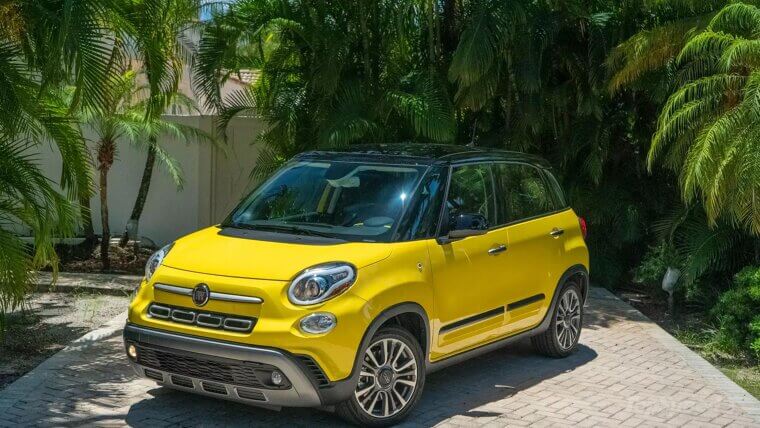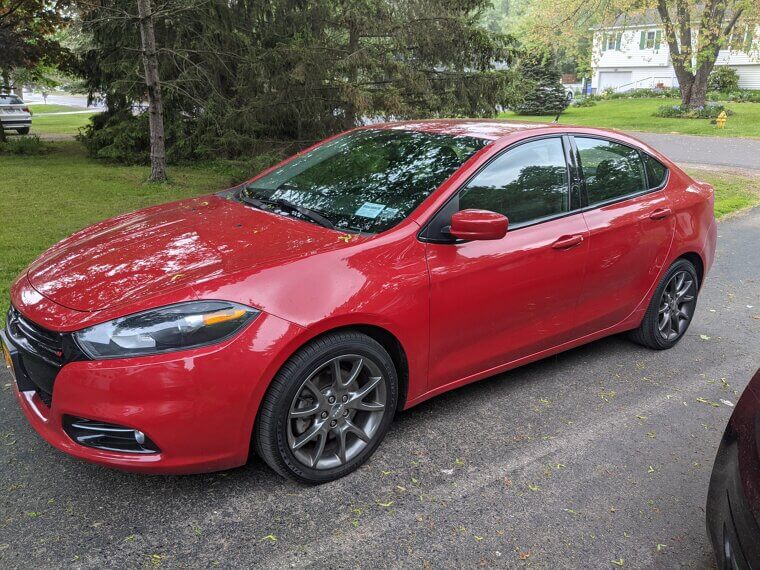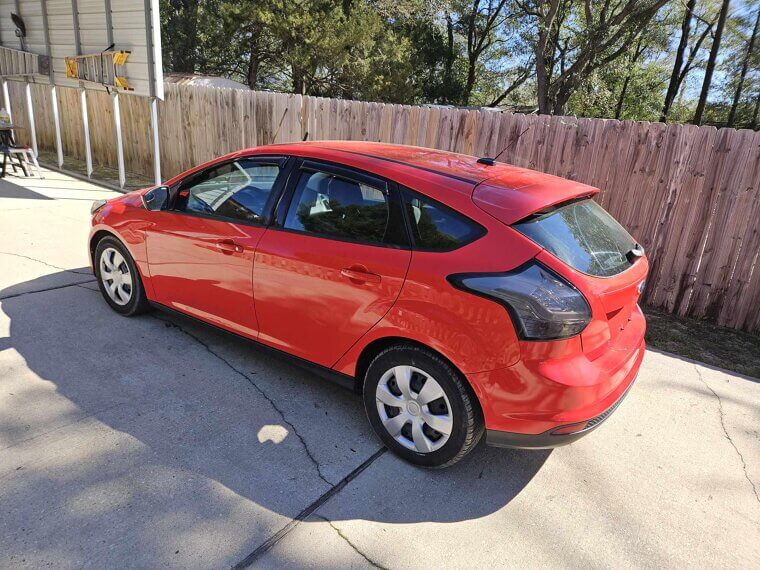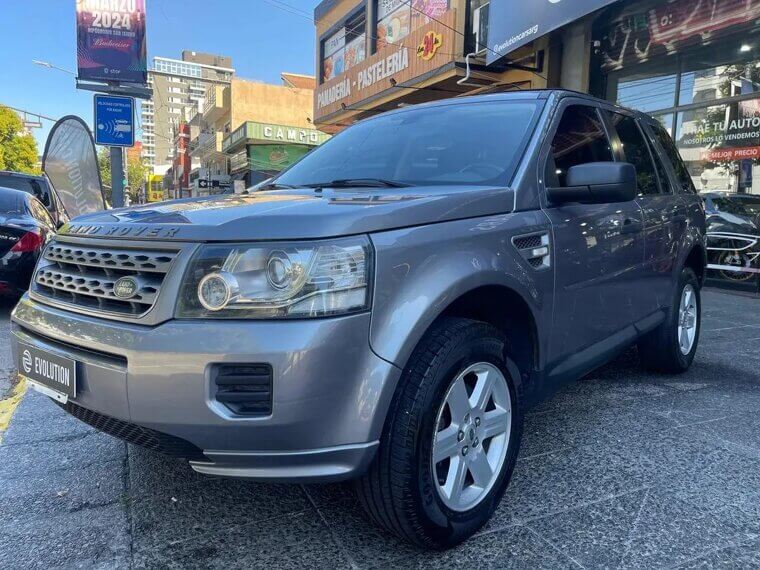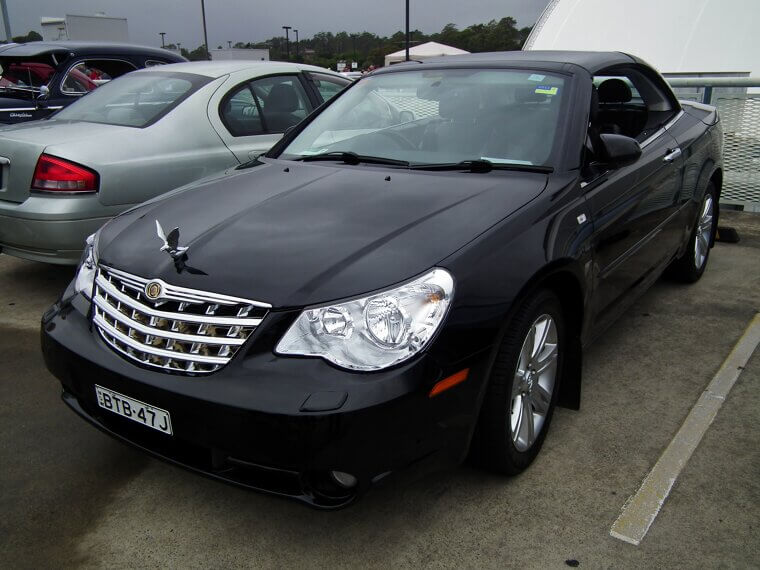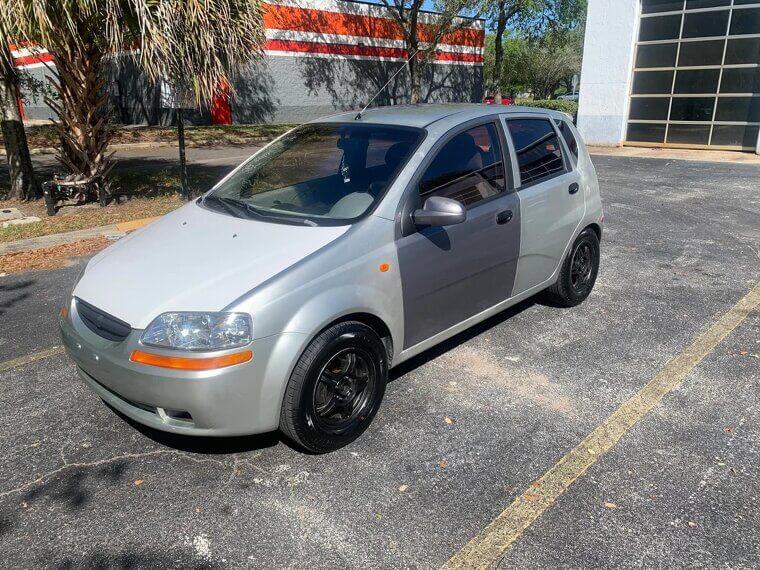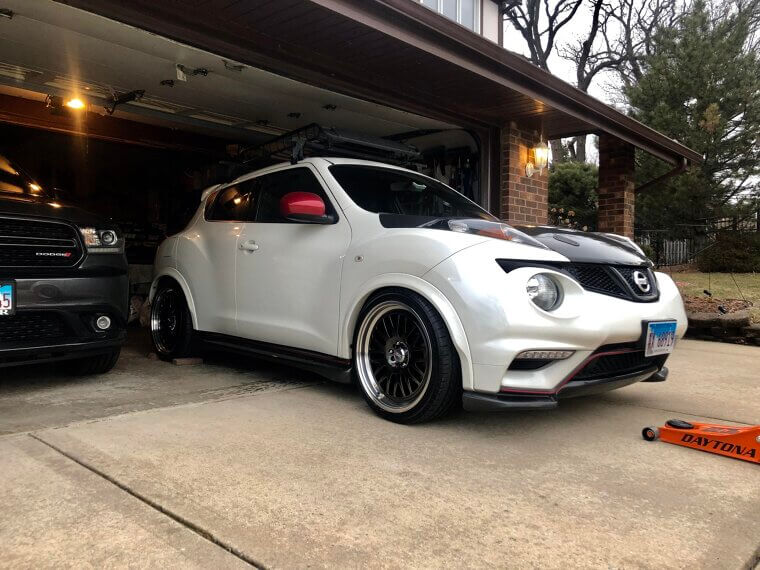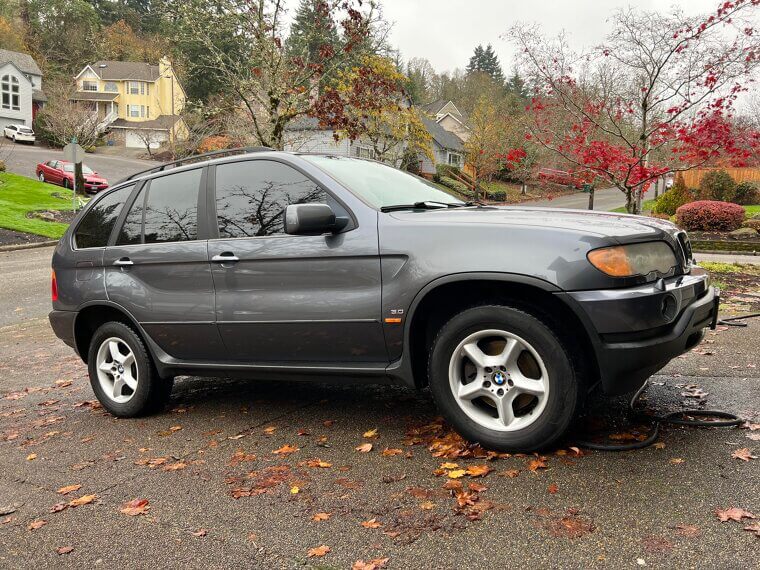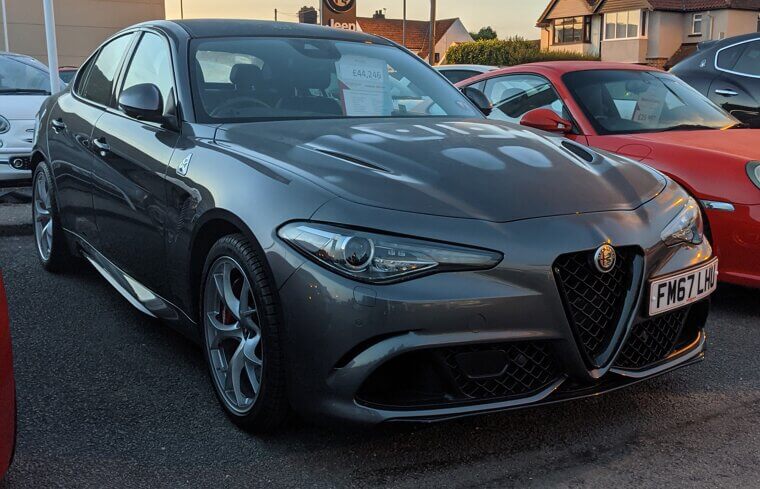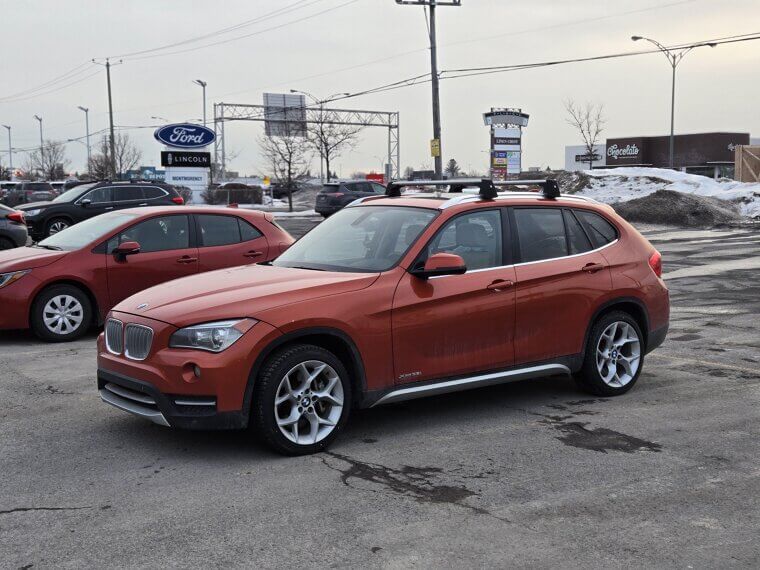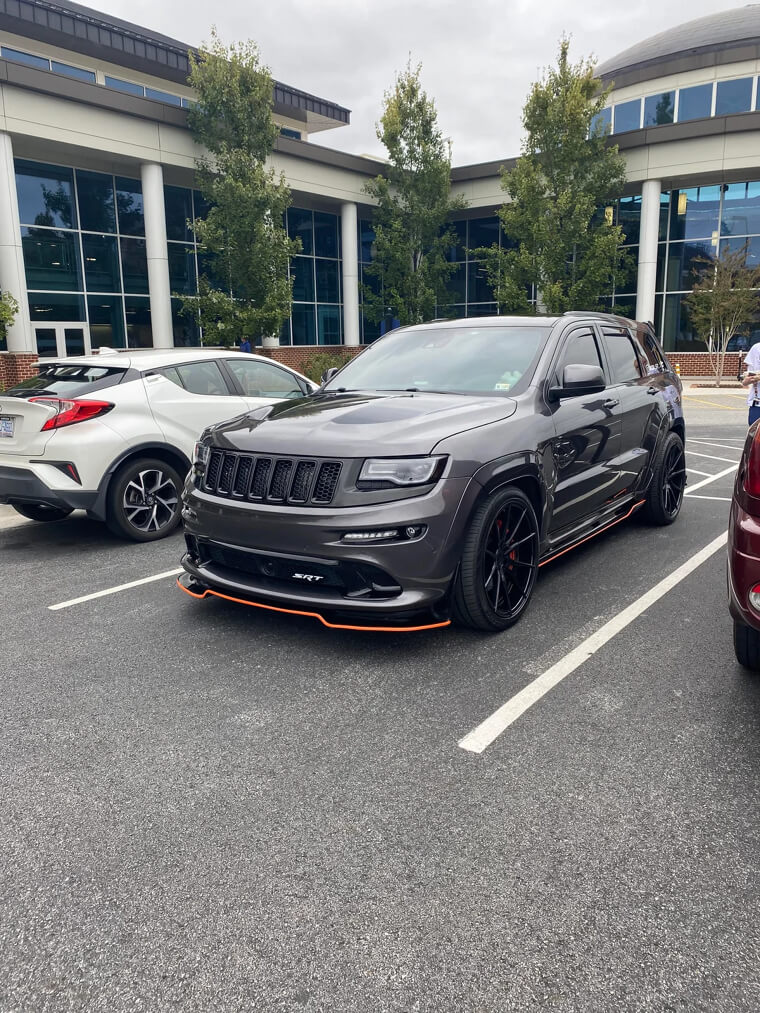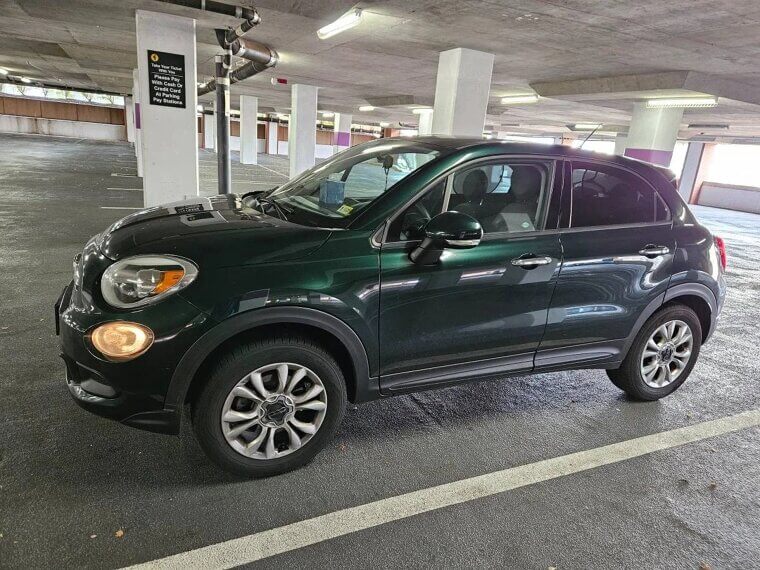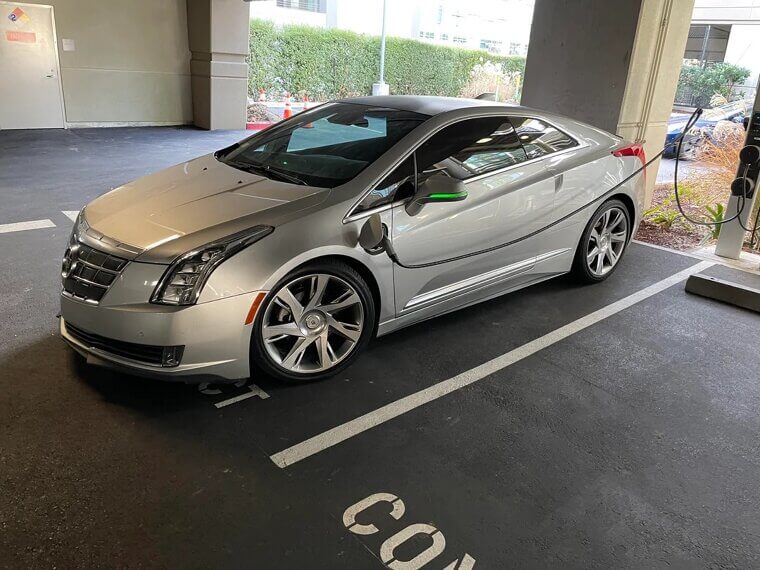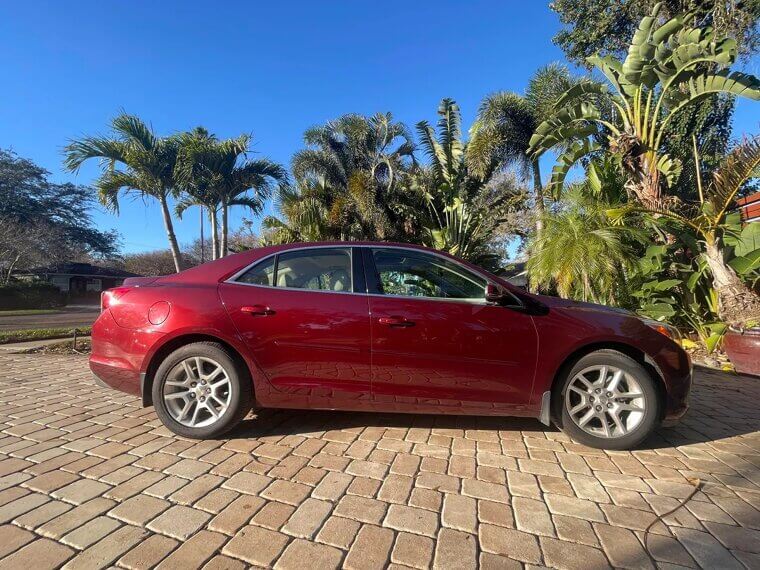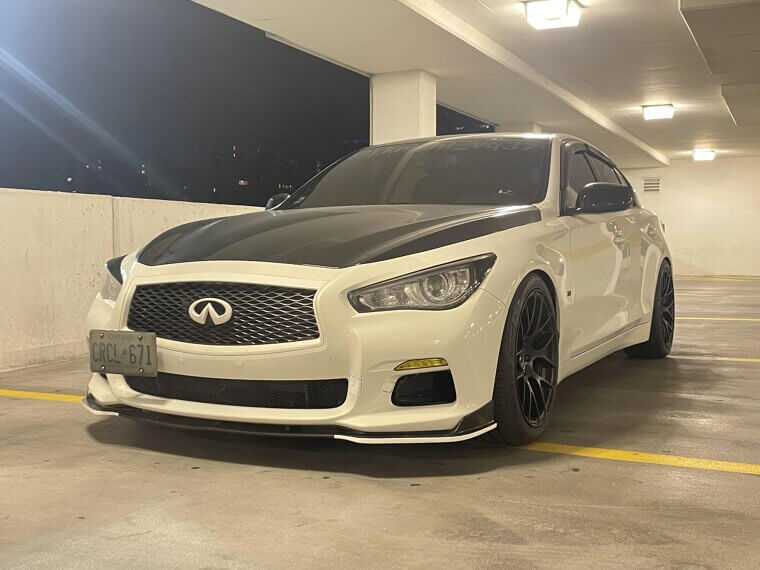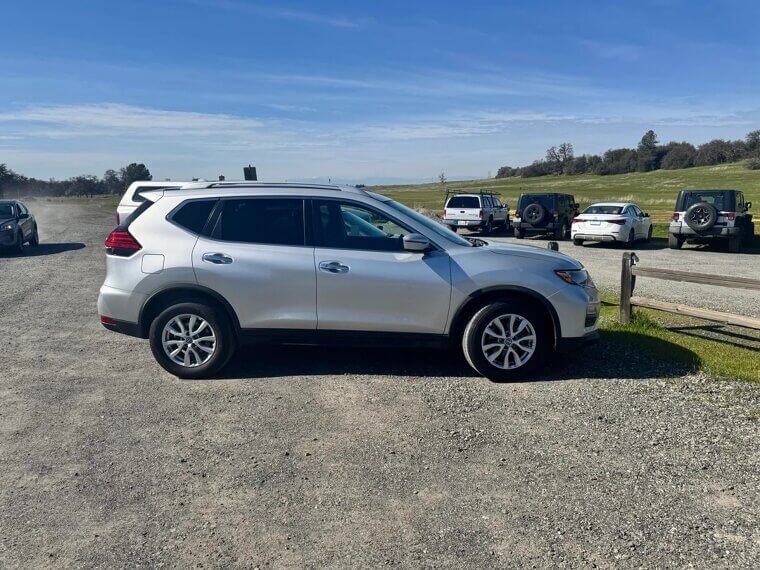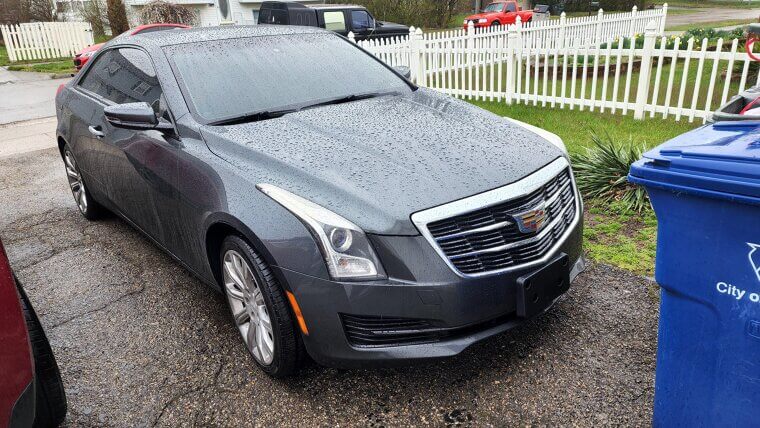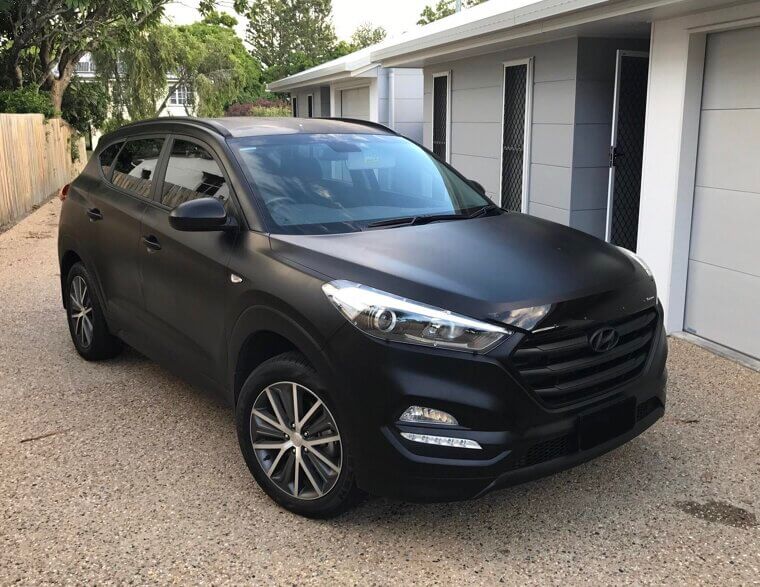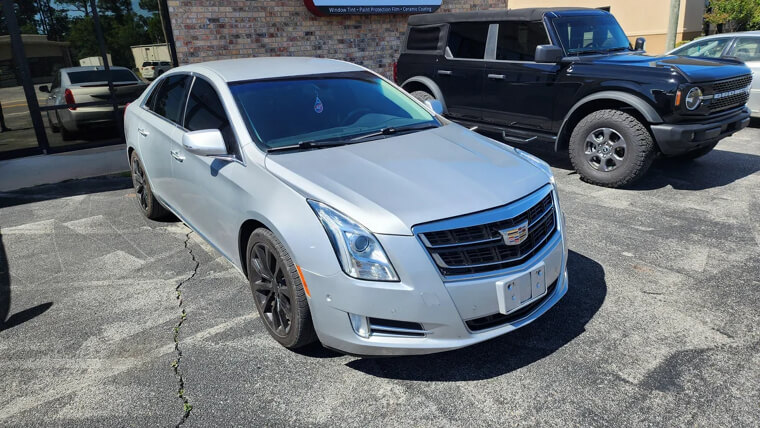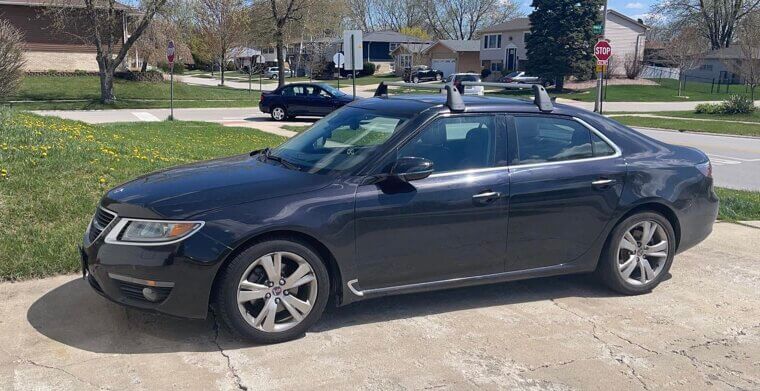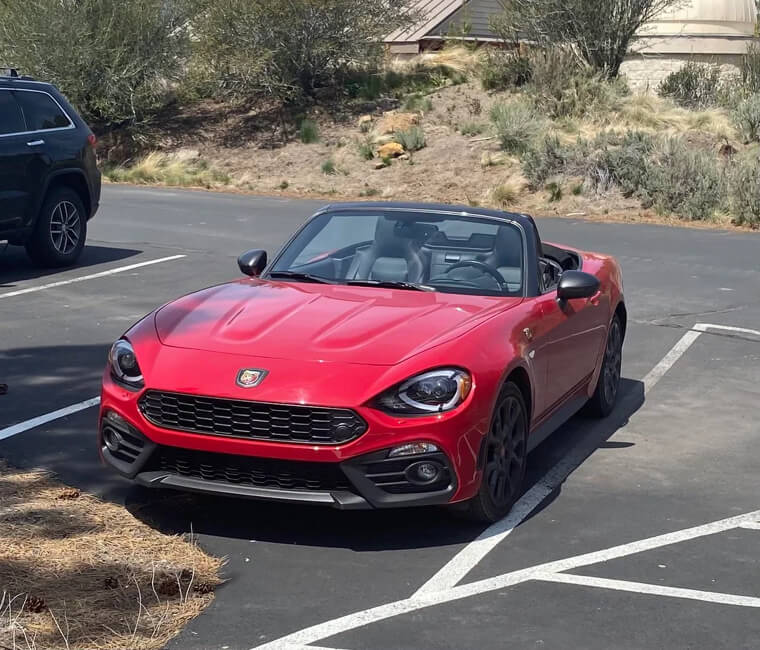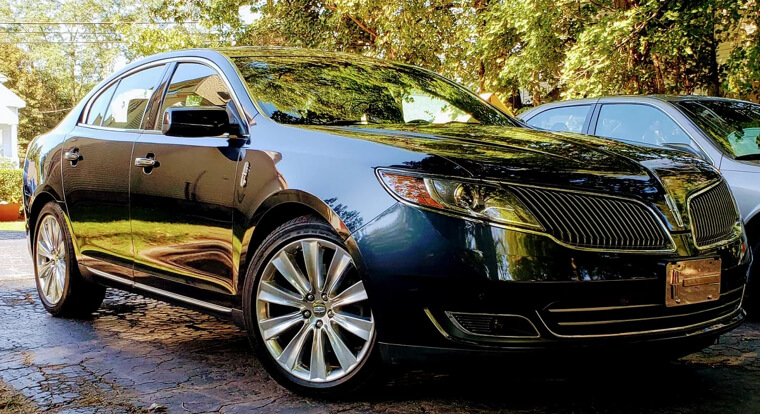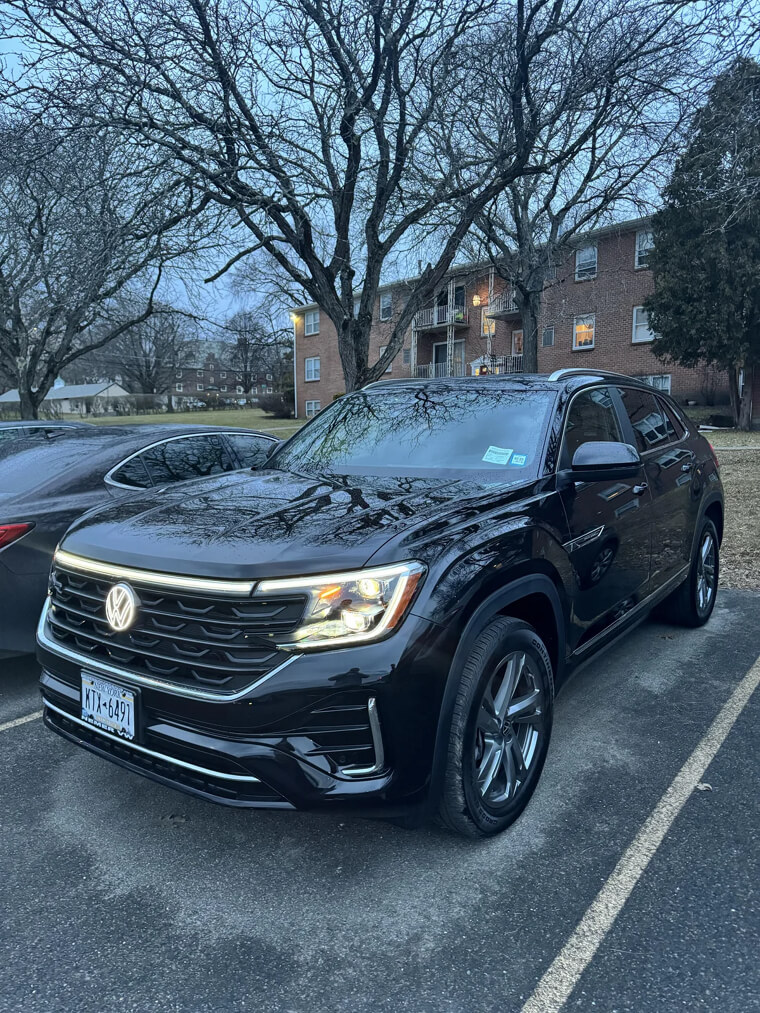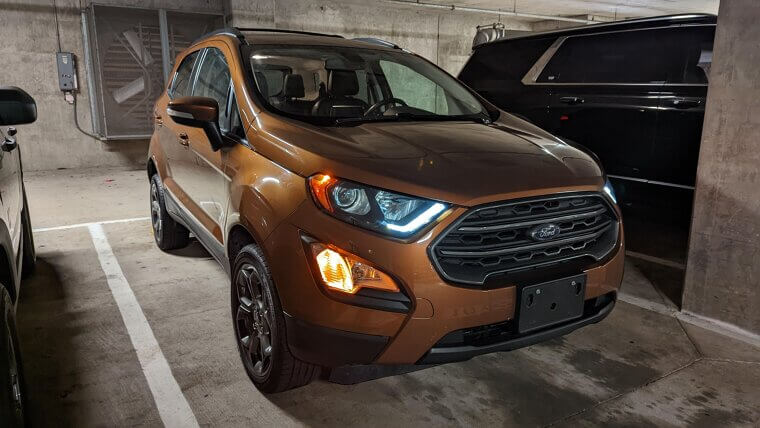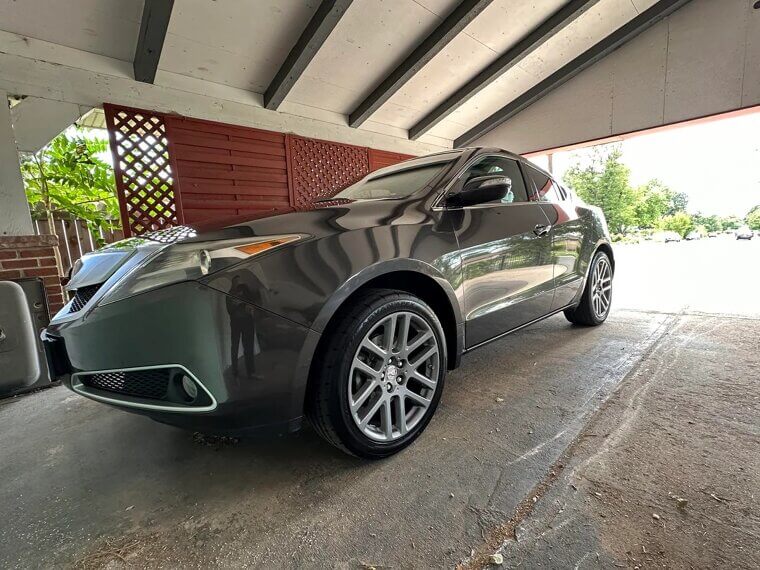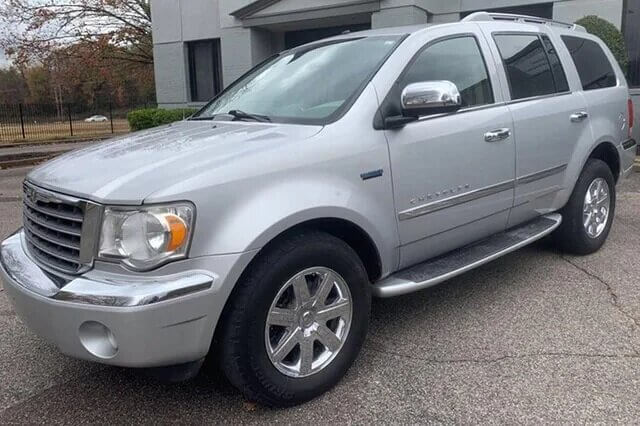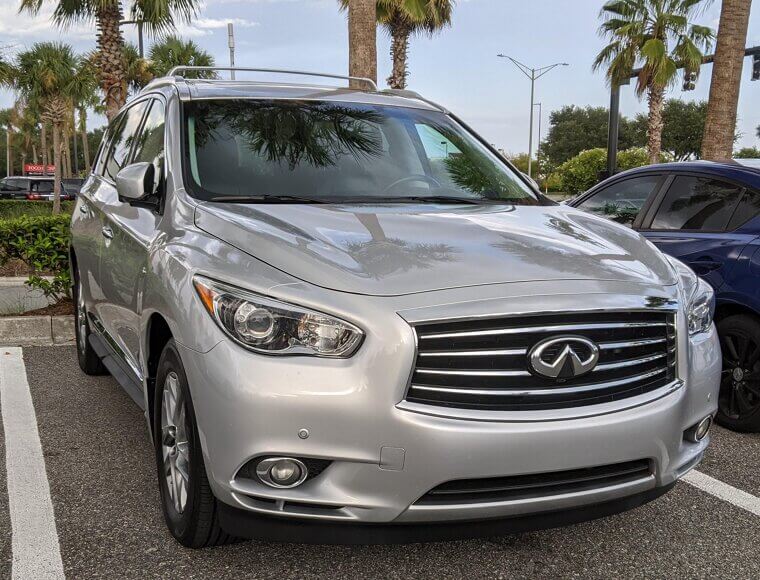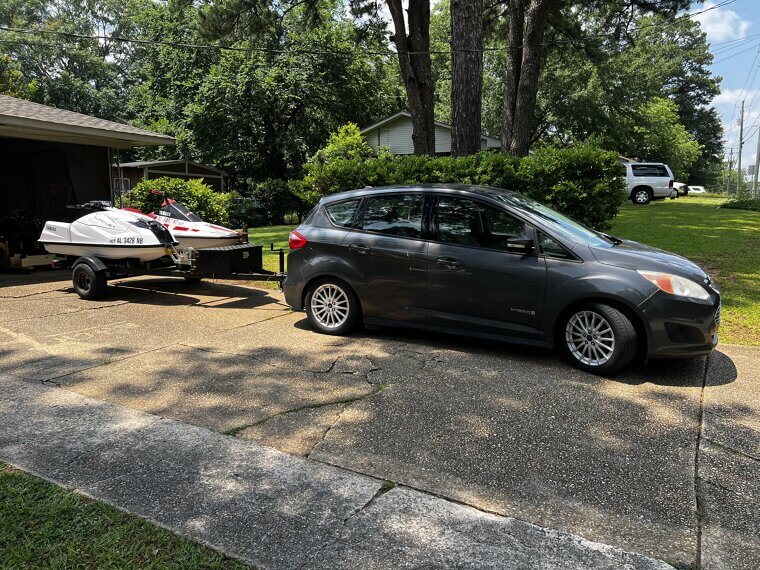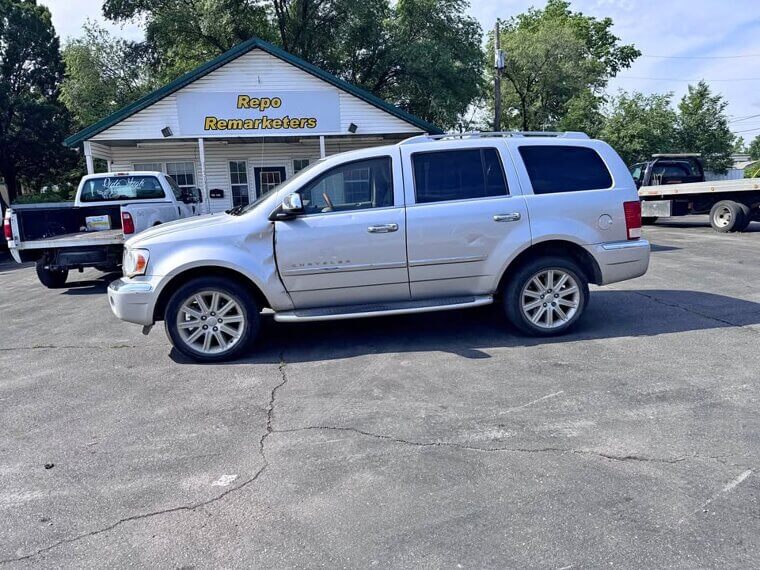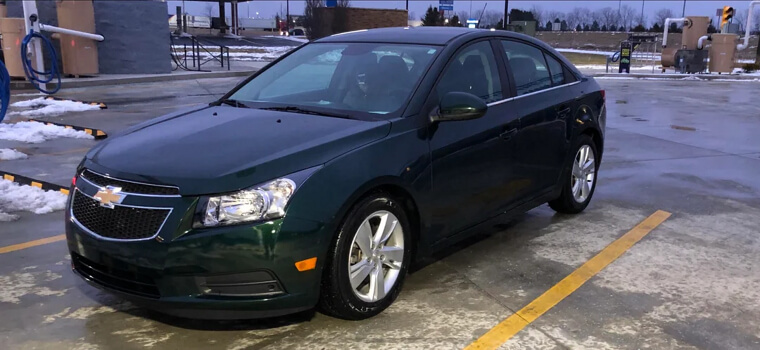From Dream Cars to Nightmares: The Vehicles Owners Regret Buying
Have you ever bought a car that looked like a dream but drove like a nightmare? We’ve been there. Here are cars that promised style, speed, or luxury, but owners soon found out they came with more headaches than horsepower. From relentless repair bills to disappointing performance, owners agree these 35 rides just weren’t worth the hassle.
Fiat 500L
The Fiat 500L has transmission issues, clunky handling, and more rattles than a toddler’s toy chest. Owners were charmed by its quirky looks, but the romance didn’t last. Given its lackluster reliability, it's no wonder many owners wish that they had swiped left.
Jeep Compass (Pre-2017 Models)
The early Jeep Compass models felt more like compromises than compact SUVs. Owners were expecting an SUV with rugged capability, but were instead greeted with repair bills and regrets. The Jeep Compass is often referred to as the Jeep that couldn't Jeep.
Mini Cooper S (2011–2016)
It's zippy and fun, and it can be stylish; however, maintenance costs can be insane. Turbo failures, oil leaks, and terrible electronics made many owners frustrated. It looks like a good time on four wheels, but it feels like an expensive personality test for some.
Dodge Dart
The Dart tried to reboot a classic nameplate but missed the mark. Owners complained about jerky transmissions, underpowered engines, and a general lack of refinement. Dodge dropped it after four years, and many drivers were stuck with a compact car nobody really wanted, not even Dodge.
Ford Focus (2012–2016)
The Focus wasn’t the worst car ever made, but that PowerShift transmission? Yikes. Owners reported shuddering, hesitation, and costly repairs. Lawsuits followed and buybacks. The Focus became a case study in how a great design can unravel fast when the gearbox can’t keep it together.
Land Rover Freelander
On paper, it was a luxury SUV at a more affordable price. In practice, it was a mechanical minefield. Engine failures, faulty electronics, and expensive repairs turned many owners into public transit fans. Few vehicles wore the Land Rover badge with less pride or dependability.
Chrysler Sebring (2007–2010)
The Sebring looked old the day it arrived, and didn’t get better with time. Owners complained about poor build quality, underpowered engines, and a cabin full of hard plastics. It was cheap, but it came at the cost of style, comfort, and long-term reliability.
Chevrolet Aveo
Even budget buyers regretted their purchase after a few months in the Aveo. It has weak engines, noisy cabins, and reliability that made people think walking was a good alternative. Owners felt they got what they paid for, and maybe a little less.
Nissan Juke
Some liked the design. Others said it looked like a frog with a turbo. But it wasn’t the design that ruined it for many people; it was the CVT. Owners reported early failures, costly repairs, and turbo problems. For many, it was too weird to love and too unreliable to keep.
BMW X5 (Early 2000s Models)
The X5 promised luxury and performance, but owners of early models got more than they bargained for, especially at the repair shop. Failing window regulators, leaky gaskets, and fragile electronics meant this “ultimate driving machine” often became the ultimate source of frustration.
2017 Alfa Romeo Giulia
Alfa Romeo brought the Giulia back with bold styling and snappy performance, but the reliability? Not so Italian chic. Owners complain about electrical glitches, software bugs, and inconsistent dealer support. It’s gorgeous and quick when it works, but many feel the constant headaches just aren’t worth the drama.
2013 BMW X1
This luxury compact SUV had the BMW badge, but owners say it lacked the magic. Harsh ride, underwhelming interior, and pricey repairs chipped away at the appeal. Once the warranty expired, so did the patience. It was more of a badge buy than a true driving joy.
2014 Jeep Cherokee
The Cherokee promised rugged charm, but its 9-speed automatic transmission had other plans, mainly hunting for the right gear. Reliability issues and odd shifts led many to say, “Never again.”
2016 Fiat 500X
Quirky looks couldn’t mask the constant issues this model had. Owners expected Italian flair but got mechanical despair. The 500X may have been cute, but the love affair didn’t last long once the check engine light became a regular guest.
2014 Cadillac ELR
The ELR looked sharp and futuristic, but under the hood, it was disappointing. Owners expected luxury-level performance but got sluggish acceleration and mediocre EV range. Cadillac pulled the plug quickly, and drivers were left wondering where the money went.
2015 Chevrolet Malibu
Chevy’s mid-size staple lost some of its shine with underwhelming performance and a ride that felt more mediocre than modern. Add in electrical issues and engine complaints, and it became clear why so many owners called it a letdown.
2014 Infiniti Q50
Sporty looks couldn’t mask the laggy infotainment, unpredictable steering, and bumpy ride. For a luxury brand, the Q50 fell short. Owners wanted precision and polish; they got confusion and quirks. It just didn’t live up to the hype or the price.
2017 Nissan Rogue
This popular SUV sold well, but owners quickly found out it wasn’t all smooth sailing. The CVT transmission is a known problem: slow, noisy, and prone to failure. Add in the uncomfortable seats and rough ride, and it’s easy to see why many bailed early.
2015 Cadillac ATS
It was supposed to take on the Germans, but ended up pissing off its own fans. Tight interior, finicky tech, and reliability issues had owners asking, “Where’s the luxury?” Despite great handling, the ATS couldn’t win back hearts or keep owners out of the repair shop.
2016 Hyundai Tucson
First thought to be a budget-friendly compact SUV, the Tucson showed its flaws early, especially with the 1.6L turbo engine and dual-clutch transmission. Drivers reported hesitation, jerking, and poor low-speed performance. Instead of feeling refined, it often felt rushed, leaving owners disappointed and dealerships overwhelmed.
Cadillac XTS
The XTS was supposed to bridge old-school luxury with modern tech, but it ended up satisfying neither. Owners noted electrical gremlins, especially with CUE infotainment, and ride quality that didn’t live up to Cadillac’s plush reputation.
2011 Saab 9-5
This sleek Swede had potential, but GM pulled the plug on Saab soon after its release. Owners were left with parts shortages, no support, and plummeting resale value. Even fans admit the car aged fast, and not in a fine-wine kind of way.
Fiat 124 Spider
A cute convertible built with Mazda bones, what could go wrong? According to owners, plenty. While it shares a platform with the MX-5 Miata, the 124 Spider had its own set of issues: turbo lag, confusing parts sourcing, and an identity crisis.
2013 Lincoln MKS
It had space, power, and cushy seats, but the MKS felt old. The tech felt clunky, the design was forgettable, and owners often ran into transmission and sensor issues. Many saw it as a grandpa car in a smartphone world.
2018 Volkswagen Atlas
VW promised a three-row family hauler, but the early models were plagued with infotainment freezes, leaky sunroofs, and glitchy powertrains. The space was nice, but the stress wasn’t. Reliability scores dropped fast, and many buyers started missing their boring-but-reliable Honda Pilots.
2007 Jaguar XK
The XJ was a looker, no question, but its electrical gremlins, suspension issues, and astronomical repair bills made it a hard keep. Drivers who expected British refinement got British maintenance and then some.
2019 Ford EcoSport
Tiny SUV, big problems. The EcoSport had no punch, was cramped inside, and drank more gas than it should’ve. The side-hinged rear door didn’t help either. Many owners felt it was overpriced for what they got, and what they got wasn’t much.
2012 Acura ZDX
The ZDX confused buyers with its styling, poor rear visibility, and tight interior. Despite Acura’s good reliability, owners just didn’t connect with this one. It’s a rare sight on the road today, and that’s no coincidence.
2014 Maserati Ghibli
It sounded like a Ferrari and looked like a dream, but the Ghibli’s luxury wore off fast. Cheap interior materials, frequent maintenance issues, and brutal depreciation had many owners feeling buyer’s remorse. You paid for passion and got punished for it.
2009 Chrysler Aspen Hybrid
Chrysler made a hybrid SUV, and it tanked. Owners got poor fuel savings, clunky hybrid tech, and lots of recalls. It was discontinued in under a year.
Infiniti QX60
The QX60 looks nice, but many owners complain about the CVT transmission, lackluster acceleration, and cramped third row seating. It’s the kind of luxury SUV that promises a lot and delivers just enough to make you think, “That’s it?”
Ford C-Max Hybrid
This hybrid promised Prius-like fuel savings with a dash of Euro style. What owners got was overstated MPG claims, spotty battery reliability, and high repair costs. Many say the car never lived up to the hype, and Ford pulled the plug after a few short years.
Chrysler Aspen
This luxury SUV was supposed to be Chrysler’s answer to upscale family hauling. But with poor gas mileage, bland styling, and a forgettable interior, owners quickly realized it was just a dressed-up Durango. Mechanical issues sealed its fate, and now it’s mostly remembered as a misstep.
Chevrolet Cruze Diesel
A diesel compact with European flavor? Sounds great until you factor in turbo problems, high maintenance costs, and a recall list long enough to wrap around the block. Owners liked the fuel efficiency, but the repair bills wiped out those savings.
Tesla Model X
The Model X’s tech is great, but there are lots of reports of small, expensive-to-fix problems: faulty sensors, squeaks, touchscreen bugs. For a six-figure EV, many felt the build quality didn’t match the price tag.


